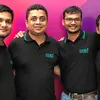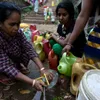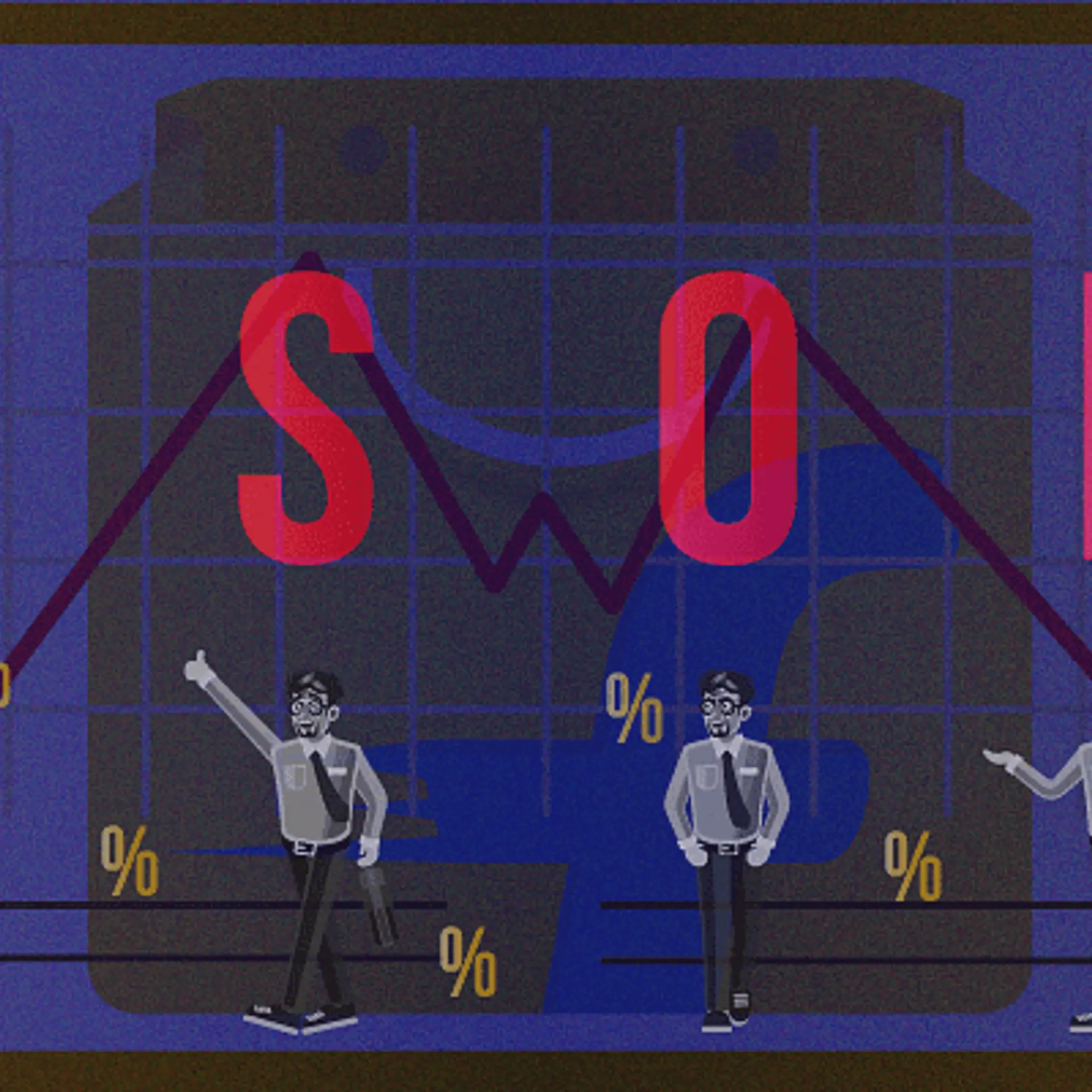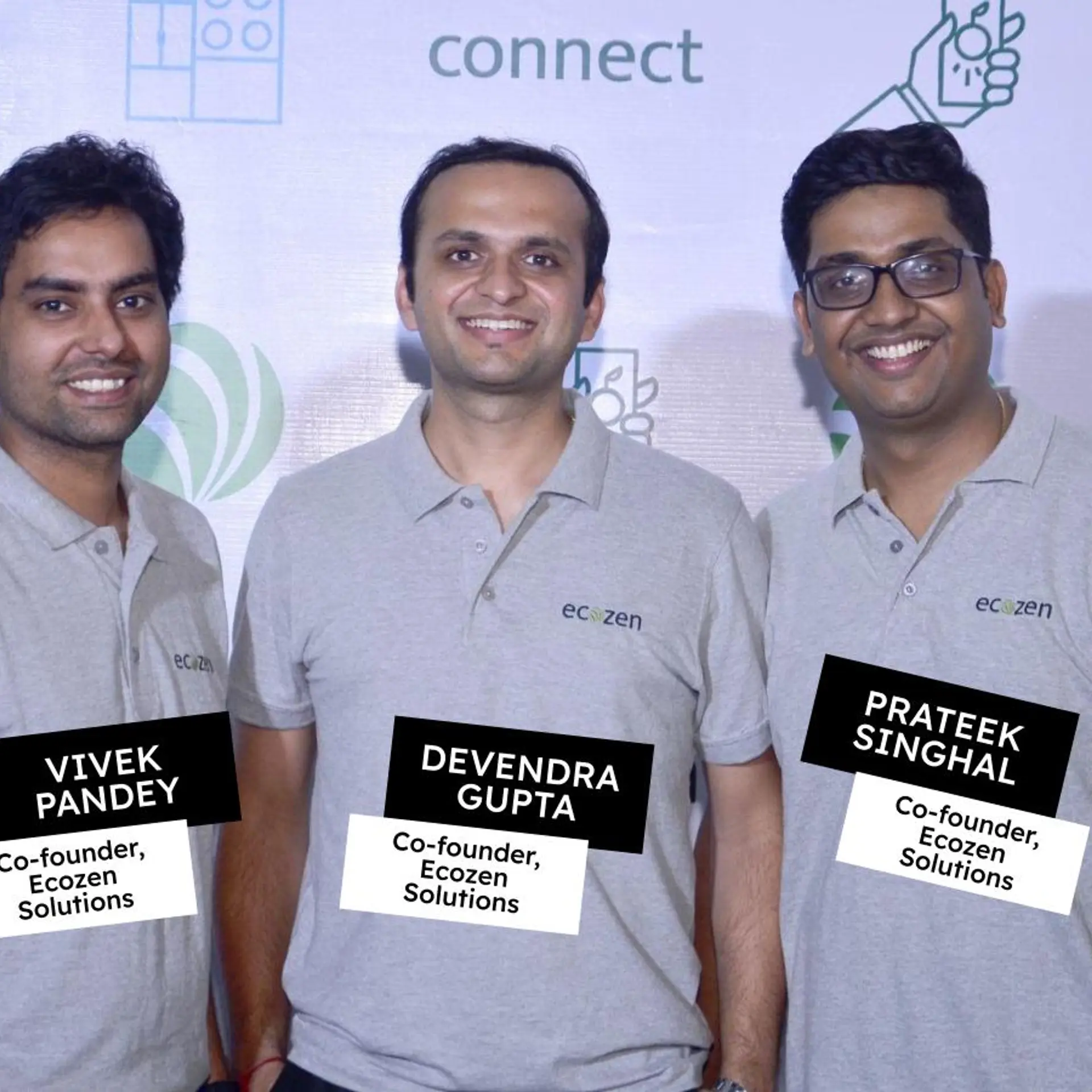This husband-wife duo’s IoT-based startup helps you track and reduce water consumption at home
Nimble Vision is a startup that builds IoT-based products for water measurement and conservation. Run by a husband-wife duo, the solution has already seen deployment in apartment complexes, SEZs, office parks, hospitals, etc across Bengaluru.
Many Indian startups have their genesis in a person’s frustration at the lack of a solution to a problem they face. Bengaluru-based Nimble Vision, started by husband-wife duo Chinnayya Math and Vaishali Chinnayya in early-2019, is no different.
The couple was grappling with the drying up of groundwater resources at their home in Sarjapur. If you happen to live in a place like Bengaluru, this is a common lament resounding in several pockets of the city. Due to this, many households, much like Chinnayya’s, have no other option than resorting to water supply from tankers.
The family is dependent on tankers, and was consuming six tankers’ worth every month, paying a bill of Rs 2,500-Rs 3,000. This made Chinnayya stop and wonder why exactly his family of four was using so much water.
As someone who believes in the power of data, he began looking for a solution that could help him track water consumption with the different activities at home. Not finding any solution in the market, and encouraged by Vaishali, Chinnayya decided to build the solution himself.
Vaishali joined in as a co-founder to build different products to ensure water conservation. One of the first products from the startup is Ni - The Water Saviour.

Chinayya and Vaishali
What does Nimble Vision do?
Ni - The Water Saviour is a WiFi-based smart water level controller and meter for homes and apartments. An internet of things (IoT) enabled device, it can be plugged into the tanks of homes, and comes fitted with an automatic motor switch based on the user water threshold.
It also provides real-time status updates on the overhead water tank status on a user’s smartphone, water consumption details every 10 minutes, as well as weekly, monthly, and yearly water usage history. It also has a leakage detector and monitors sump water levels, and can automatically place the order to the supplier via SMS or email.
Chinnayya had earlier worked in the technology and software domains at DRDO, NDS, Cisco, and BOSCH. Vaishali, on the other hand, has close to five years of experience in marketing and management at various organisations.
The couple roped in Chinnayya’s friend who was wanting to get hands-on experience in IoT. “I needed someone who can try and test my design, since I was still working for another organisation. We set up a small electronic lab on our terrace, using the spare room,” says Chinnayya.
The initial results were good, and they were able to make a breakthrough. “My previous experience in embedded development and app development came in handy. We built the initial PoC completely in-house without any external support,” adds Chinnayya.
Initial test and deployment
Work on Ni – The Water Saviour began two years ago. After the initial validation at their home, Chinnayya and Vaishali decided to test the solution with 30 of their acquaintances. Once the validation of the product was done, they decided to start selling it.
The smart sensors are placed inside the sump and overhead tanks. The IoT unit is then installed near the water pump and the motor starter is connected to it. The IoT device is connected to the WiFi gateway of the home to share the data. The smart algorithms on the server side calculate the consumption, identify the leakage, and make other calculations. The app and web dashboards sync data from the server.
“Since our solution is proven and tested, there is little need for servicing. The unit is remotely diagnosed and controlled so it reduces manual effort. We have a user manual so that the end users themselves can install and fix issues, if any, requiring little support from our side. We have explainer videos on the solution as well,” says Chinnayya.
Nimble Vision’s solution is a combination of smart hardware, sensors, firmware, web and apps.
“We have put together IoT, social networking, data, and smart notifications. This solution has evolved in the last two years with continuous improvement based on customer feedback. It is a complete platform and every problem with respect to water can be addressed with our solution,” says Chinnayya.
Revenue and market
Nimble Vision has also won the Elevate Karnataka 2018 Startup award and is now looking to raise funding.
“In the last four months, we have made Rs 8 lakh in revenue and 60 orders have been sealed. In the last three weeks alone we have received 50 orders and many apartment projects are in discussion,” says Chinnayya.
The now 15-member team follows both B2B and B2C model. For the B2B model, it charges Rs 30,000 per unit; Nimble Vision has deployed a total of 1,000 units at SEZs, IT parks, hospitals, and pharmaceutical companies. For B2C, it charges Rs 12,000 and has deployed another 1,000 units in apartment complexes and at homes.
The clock is ticking on India, which, with its population of 1.6 billion people, has a timeline of five years to solve its water crisis problem. Many startups have cropped up as solutions to the water shortage. Delhi-based startup Cleansta International, while not directly building products for water conservation, is helping in the efforts by making shampoos and soaps that don’t need water for rinsing.
There also is Hyderabad-based Kheyti, which is focussed on farmers. Kheyti uses drip irrigation and there are four layers on it to prevent losses through evaporation.
On Nimble Vision’s future plans, Chinnayya says they are currently building different products for water conservation, one among them being an agricultural pump set monitoring and control system.
“We are working on a solution for remote agricultural pump set monitoring and control, which will work without internet and GSM. This will also monitor the health of the borewells,” Chinnayya says.
In the works is also an automatic tanker supply, billing, payment, and invoicing solution for water aggregators. The consumer can raise a request for the water supply and suppliers in the vicinity can fulfil that request. Invoicing, billing, and payment can be done on our platform,” says Chinnayya.
The team is also adding an Alexa integration on the platform that will help B2B customers.
(Edited by Evelyn Ratnakumar)










